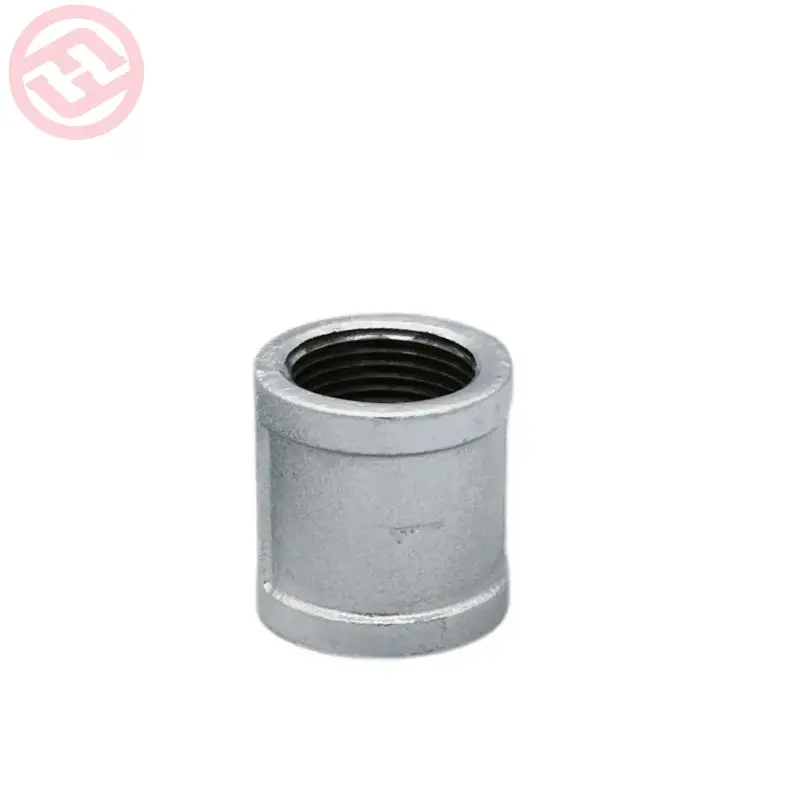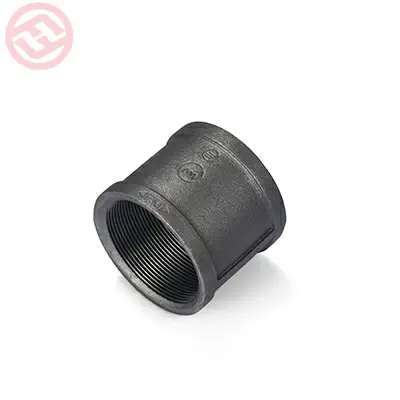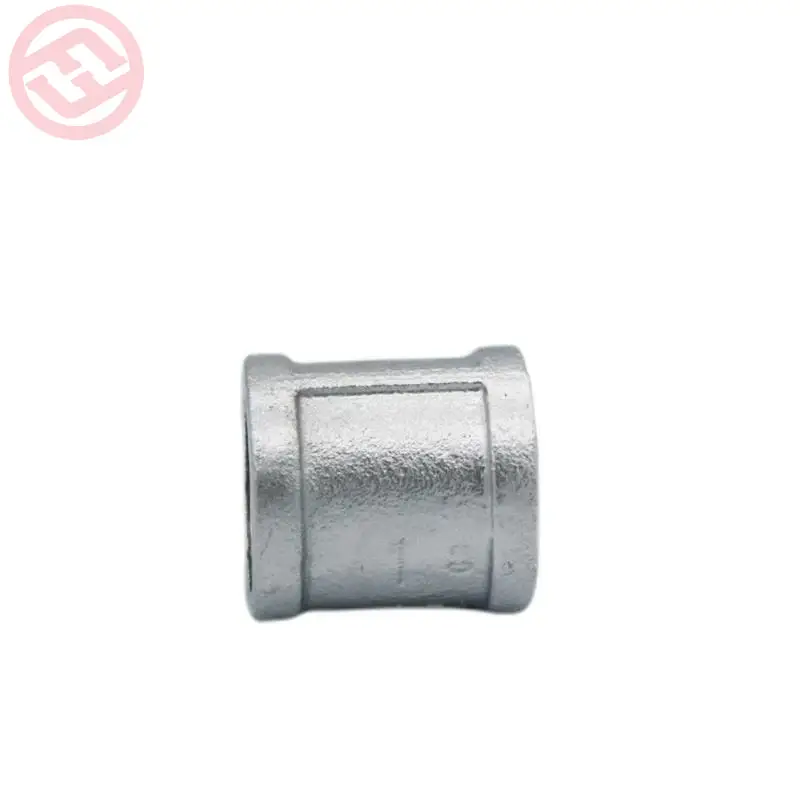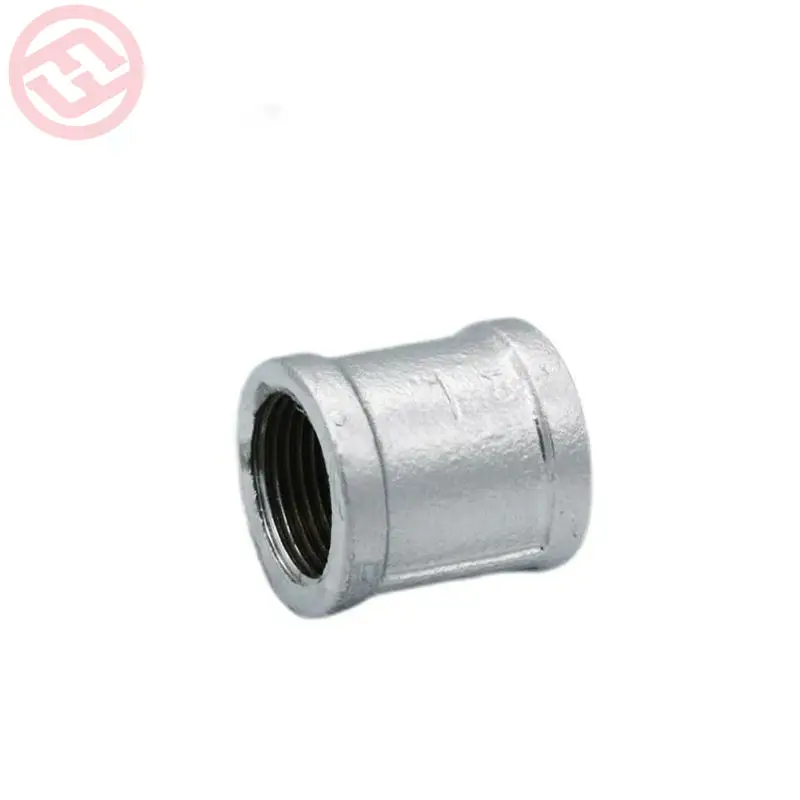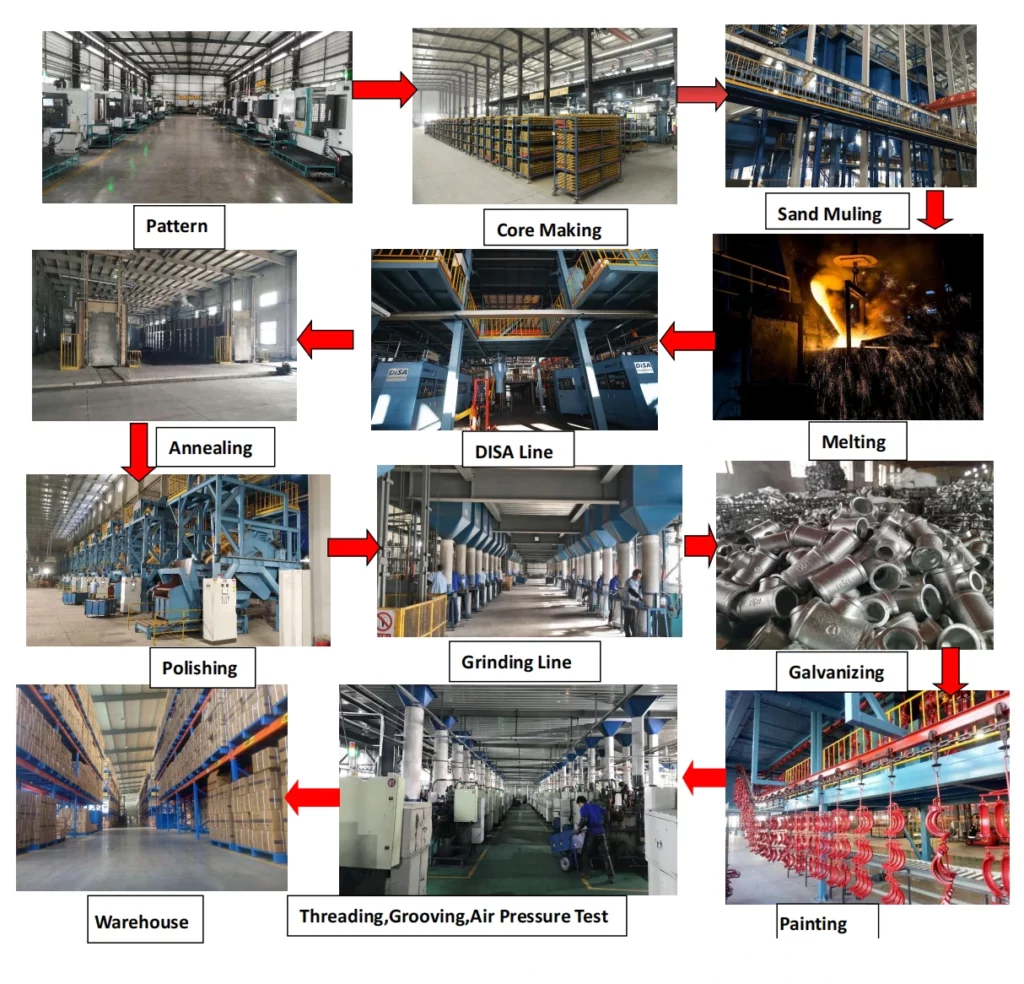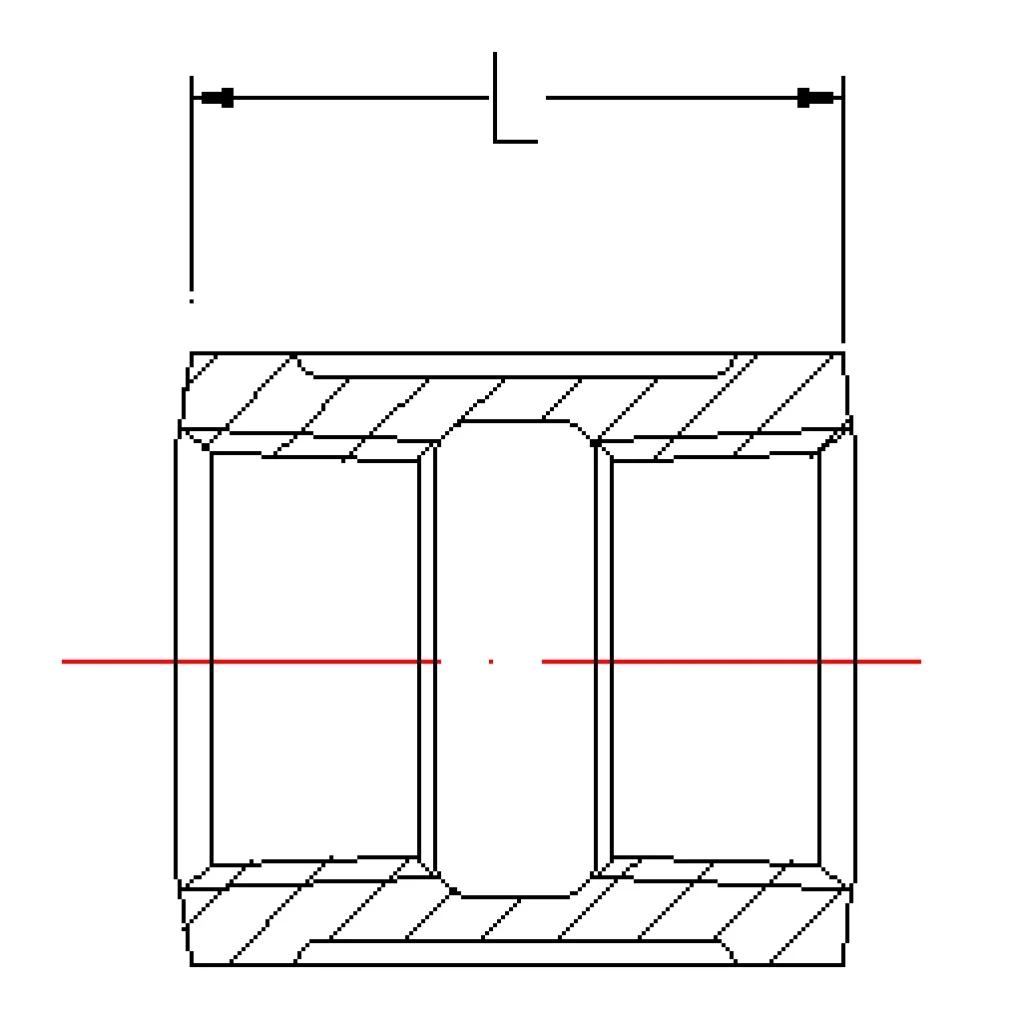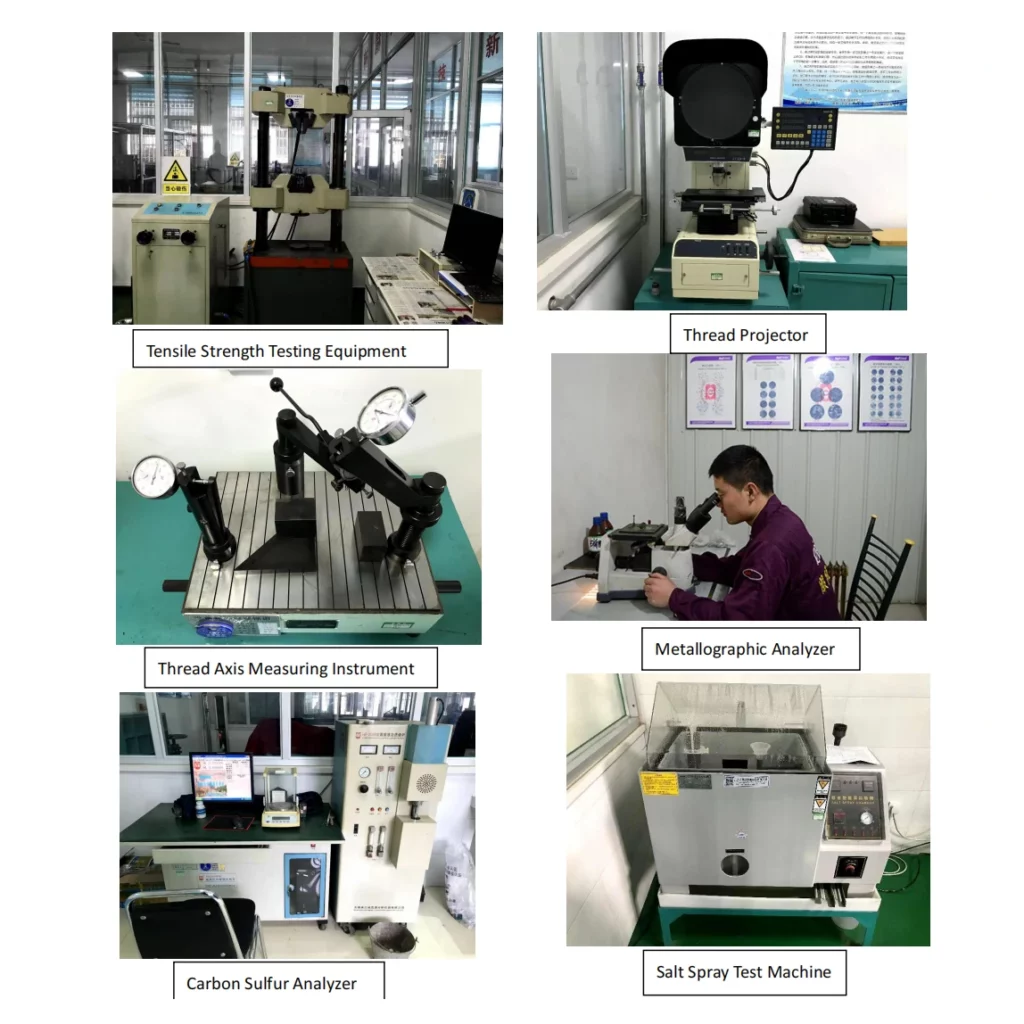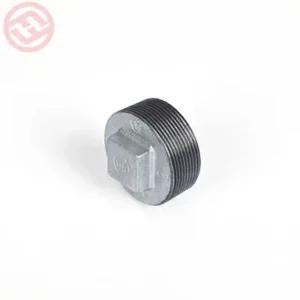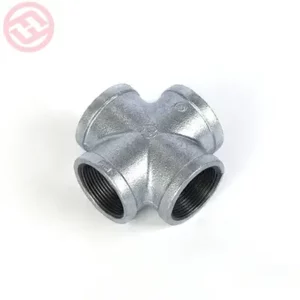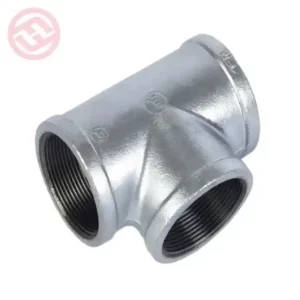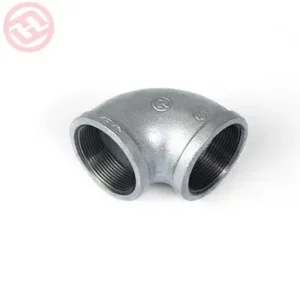Malleable Iron 220 Equal Socket BSPT Thread
Code:220
Size: 1/4”-6”
Material: BS EN 1562,EN-GJMB-350-10,KTH350-10
Dimension: BS EN 10242
Thread: ISO 7-1,BS 21,BSPT
Pressure Rating: PN16/PN25
Surface Treatment:Hot-dip Galvanized,Electro Galvanized,Black
Certificate: UL Listed / FM Approved / NSF 61
Application: Fire Protection,Waterworks,HVAC,Plumbing,GAS,Irrigation,or other piping systems
We’re here to help:
Easy ways to get the answers you need.
Product Description
Products Details
Malleable Iron pipe fittings 220 Equal Socket.Some market called Coupling. For the Coupling ,we have entire Threaded Coupling and parallel thread Coupling. According to the weight ,we have three type Coupling ,heavy banded type Coupling with UL/FM certificate ,medium banded type without UL/FM certificate ,light beaded type. According to the Surface treatment ,we have hot dip Galvanized Coupling ,cold Galvanized Coupling and black Coupling. These Coupling can make NPT thread and BSP thread.
Product Drawing
What’s the difference full thread coupling and half coupling ?
Regarding piping, full and half couplings are two basic components of a robust system. But what exactly is the difference between the two? Let’s take a look at each one and how they can help you keep your piping system running smoothly.
Full coupling
Full couplings are designed to join two pipes together using socket welded or threaded connections. This type of connection requires that two pipes be cut precisely so that, when joined together, a reliable seal is created at both ends without the need for additional materials such as gaskets or sealants. Full couplings are typically used for applications where the entire length of the pipe has enough space to accommodate its fittings to ensure that there are no gaps or leaks in the connection.
Half coupling
Half couplings are used when there is not enough space for a complete coupling to install its fittings. This type of coupling connects only one end of the pipe, leaving an open end on the other side. It is important to note that half couplings require additional connection materials, such as gaskets or sealants, to ensure that their connections remain waterproof. Half couplings are often used to connect pipes in tight spaces where full couplings cannot be used.
The difference between full and half coupling
What is a coupling?
A coupling is a device used to connect two shafts at its end to transmit torque. Couplings can be rigid or flexible and are often used in power transmission applications such as motors and generators.
What is a full coupling?
A full coupling is a rigid coupling consisting of two hubs connected together by a central casing. Full couplings are typically used in applications where high torque needs to be transmitted, such as motors and generators.
What is a Half Coupling?
A half coupling is a rigid coupling that consists of a hub connected to a central sleeve. Half couplings are typically used in applications that require lower torque transmission, such as pumps and compressors.
Advantages over half couplings
One advantage of full couplings over half couplings is that full couplings can transmit higher torque. This is because a full coupling has two hubs connected together, while a half coupling has only one hub. In addition, full couplings tend to be more durable than half couplings because they have fewer moving parts.
Advantages of semi-coupling over full coupling
One advantage of half couplings over full couplings is that half couplings are easier to install and remove than full couplings. This is because a half coupling has only one hub, while a full coupling has two hubs that must be connected. In addition, half couplings tend to be cheaper than full couplings because they have fewer parts.
Application and Case
Products are used in fire protection system, water system, HVAC system, plumbing, gas system, irrigation system, etc.These products are used in many projects , such as Beijing Airport, Shanghai World Trade Center, Canton Tower and other famous landmark projects.


